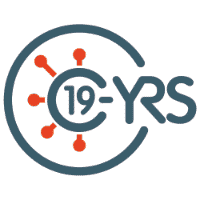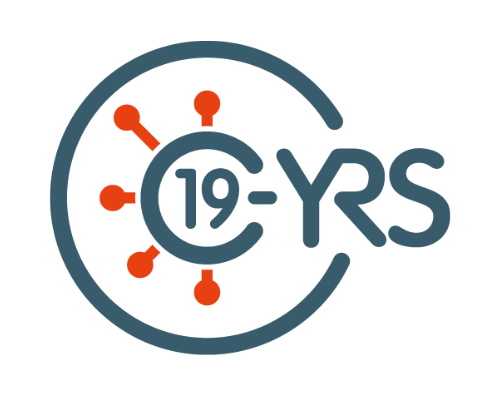

User-Centered Development and Technical Description of the digital C19-YRS
Article published on the 20th of October 2023 by the Journal of Medical Internet Research, doi.org/10.2196/48632
The abstract of the article and summary points can be read here, but for the full article, please follow the link above.
Abstract:
Background: Post-COVID-19 condition (PCC), colloquially known as long COVID, is a multisystem condition characterized by persistent symptoms beyond 4 weeks after the SARS-CoV-2 infection. More than 60 million people with PCC worldwide need prompt assessment, diagnosis, and monitoring, with many requiring specialist help from a multidisciplinary team of health care professionals (HCPs). Consequently, a scalable digital system is required for both people with PCC and HCPs to capture the breadth of symptoms and their impact on health, using patient-reported outcome measures (PROMs) and patient-reported experience measures (PREMs).
Objective: We aim to develop and implement a novel PCC digital PROM (DPROM) platform for (1) securely collecting PROM and PREM data from people with PCC, (2) enabling users to monitor symptoms longitudinally and assess response to treatment, (3) generating reports for the electronic health records (EHRs), (4) providing summary reports on PCC services based on national requirements, and (5) facilitating the sharing of relevant data with authorized research teams to accelerate our understanding of this new condition and evaluate new strategies to manage PCC.
Methods: We (1) undertook requirement analysis with people with PCC, HCPs, and researchers to identify the needs of the DPROM platform and determine its required functionalities; (2) designed and developed a clinically useful web portal for staff and a mobile app for patients, with a web-based alternative app to improve patient and staff choice, limit the risk of digital exclusion, and account for variability across services; (3) determined the PROMs and PREMs that PCC services would prefer to use on the platform; and (4) designed the summary report function that can be generated for each user for the EHR and for reporting to national health authorities.
Results: A DPROM platform to record PCC symptom profile, condition severity, functional disability, and quality of life, based on the C19-YRS (Yorkshire Rehabilitation Scale) and other PROMs and PREMs, was developed. Individual-level medical information and details on the COVID-19 illness can be captured systematically. The platform generates easy-to-understand scores, radar plots and line graphs for people with PCC to self-monitor their condition and for HCPs to assess the natural course of the condition and the response to interventions. Clinics can configure a suite of PROMs and PREMs based on their local and national service and commissioning requirements and support research studies which require large-scale data collection on PROMs. The DPROM platform enables automatic aggregate data analysis for services to undertake service evaluation and cost-effectiveness analysis. The DPROM platform generated summary report can be uploaded to the EHRs of people with PCC.
Conclusions: A multifunctional DPROM platform to assess, grade, and monitor PCC has been developed. Future research will analyze the system’s usability in specialist PCC clinical services and other long-term conditions.
Authors:
Dr Manoj Sivan
Román Rocha Lawrence
Prof Paul O’Brien
